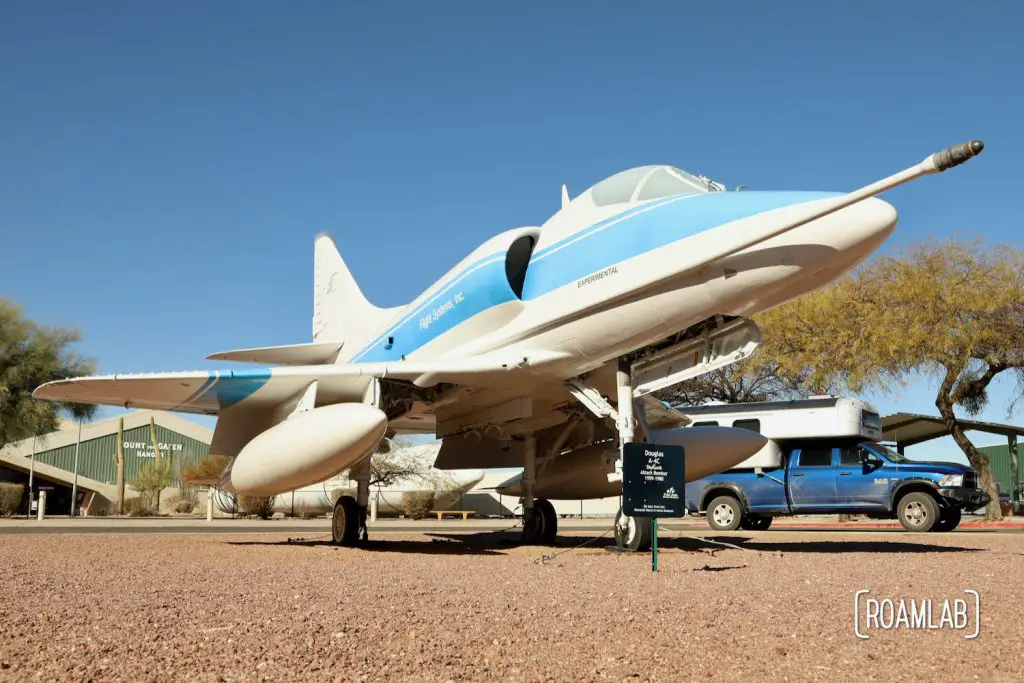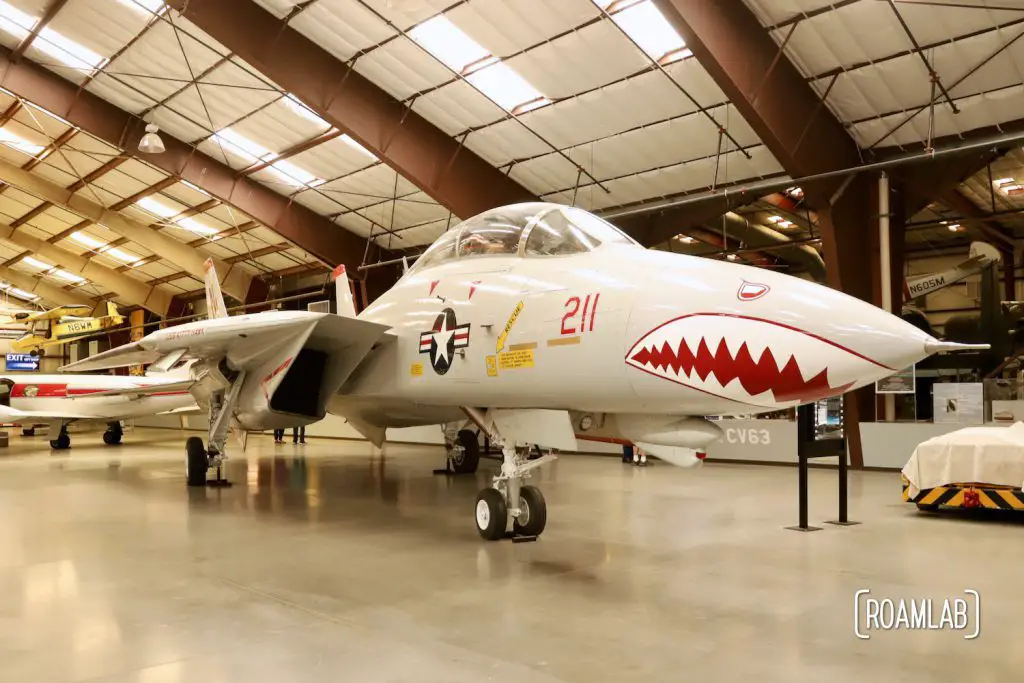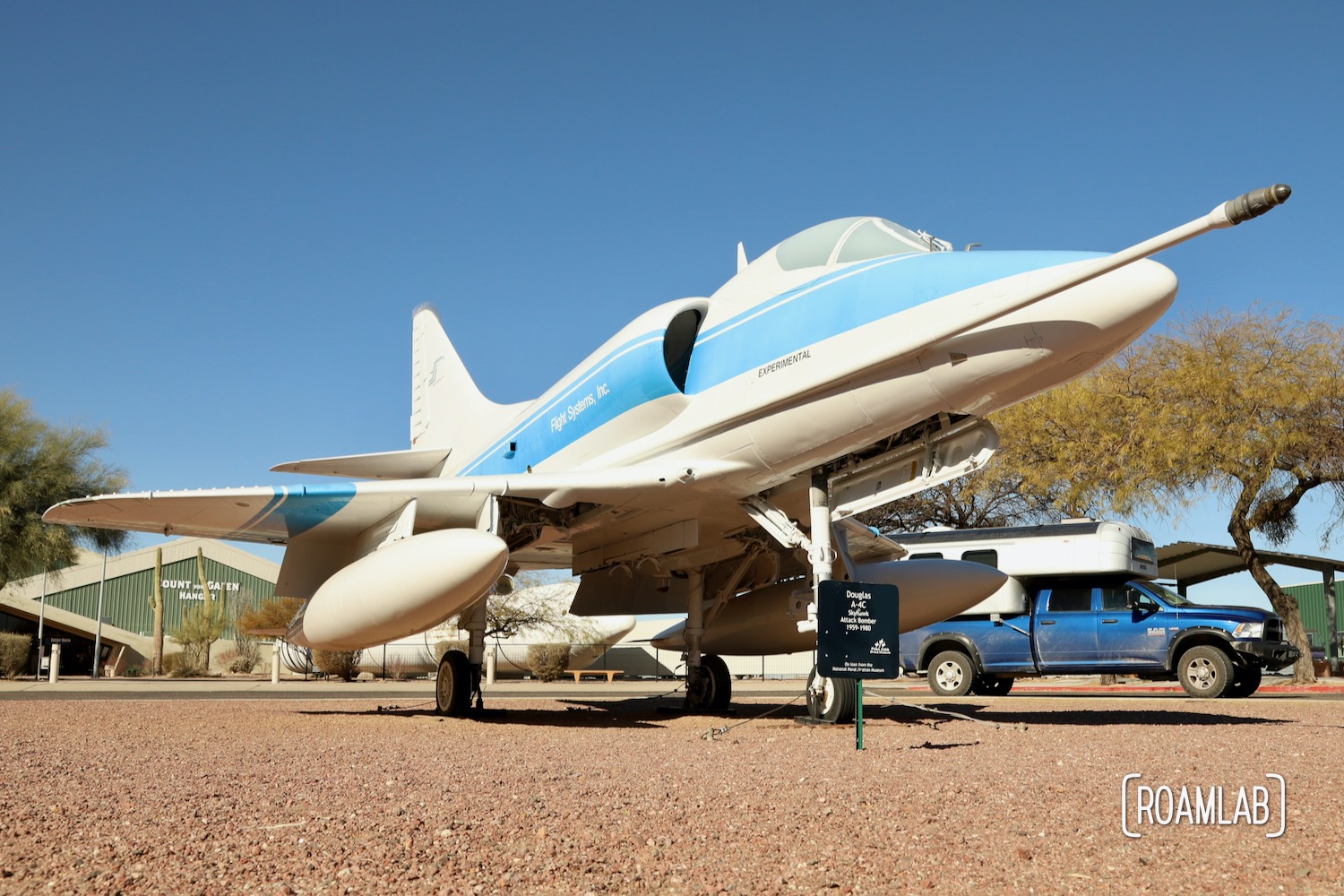For an airplane named “Air Force One,” there certainly are a lot of them at the Pima Air & Space Museum. There’s a lot of aircraft, period. The museum hosts a collection of around 400 historic aircraft grouped in 6 indoor exhibit hangars and outdoor displays across the sprawling 80 acres of grounds. Wandering the grounds is a workout in the hot Tuscon, Arizona desert. Still, the diversity of aircraft from around the world keeps visitors on their feet and looking for the next impressive feat of aviation design.
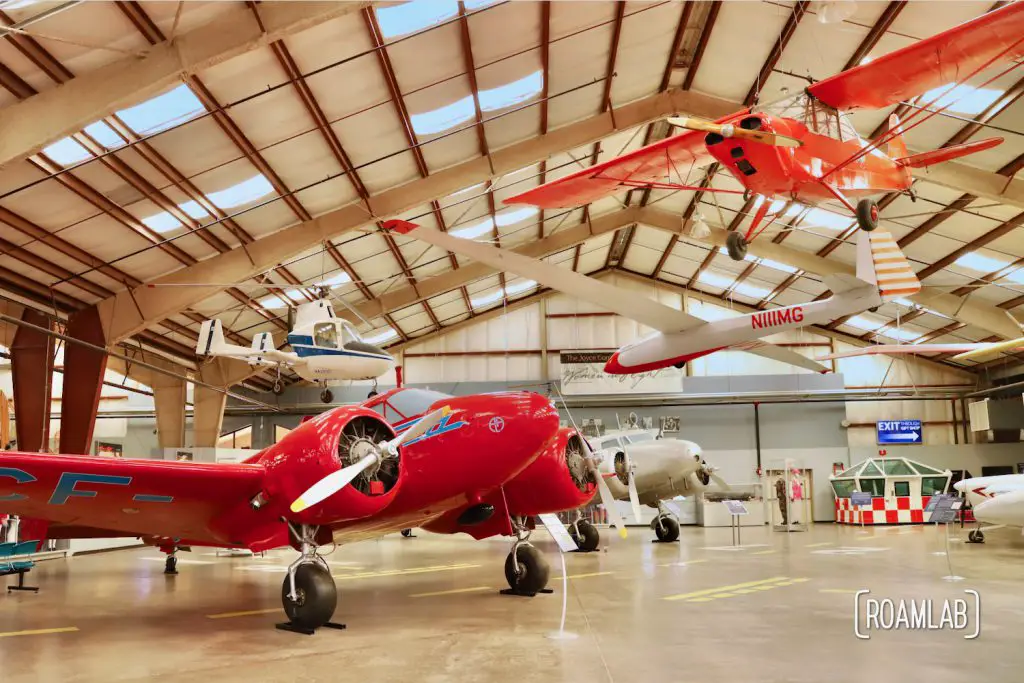
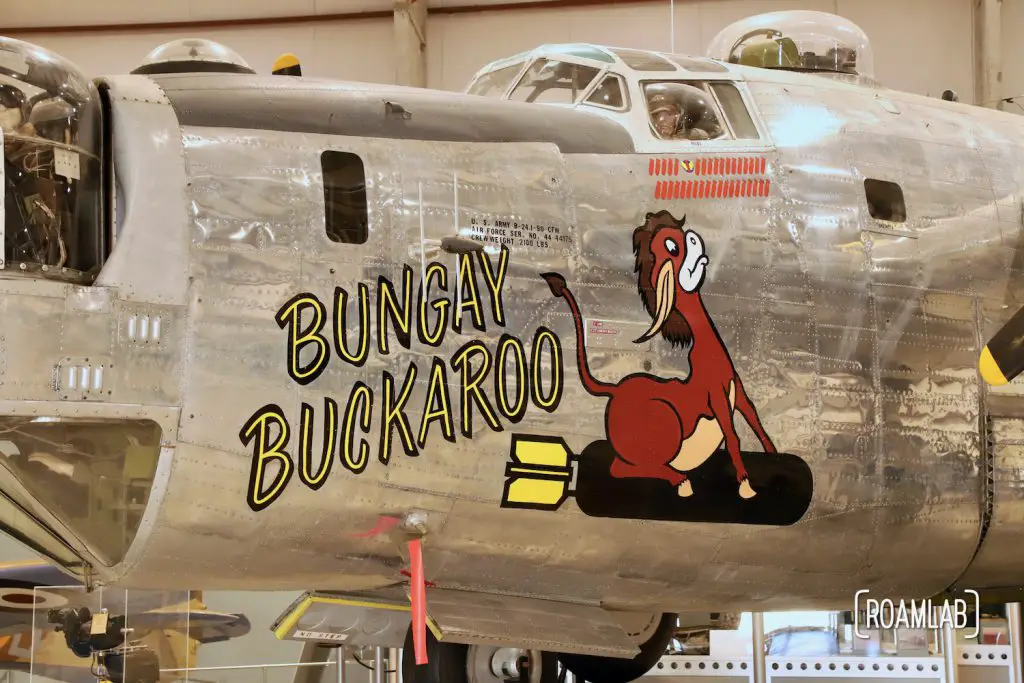
History of the Pima Air & Space Museum
The museum is conceived in 1966, the 25th anniversary of the United States Air Force. Historic World War II and 1950s aircraft are being scrapped. Base officials at the Military Aircraft Storage and Disposition Center (MASDC) in Tuscon, Arizona, are preserving examples of vintage aircraft and positioning them along the base fence so that the public can see them. The popularity of the fence-side gallery calls for a more formal solution to aircraft preservation.
So, in 1966, the commander of MASDC, Colonel I. R. Perkin, partners with the Tucson chapter of the Air Force Association to establish the Tucson Air Museum Foundation of Pima County to create a museum. The organization works with the local government to select a 320-acre plot of BLM land south of the Davis-Monthan Air Force Base. The foundation raises and then donates the money to purchase the land for Pima County.
Of course, there’s more to a museum than just land. It isn’t until 1973 that a 30-acre lot on the grounds completes development and is certified as an official Air Force Museum. With this certification, the original collection of 35 aircraft from MASDC can relocate to the grounds for formal display. By the time the museum formally opens on May 8, 1976, the collection has grown to 50 aircraft, helicopters, and missiles.
A lot has changed since those early modest days of a fenced-in dirt lot and corrugated metal ticket booths. The collection expands to around 400 historic military, commercial, and experimental aircraft from around the world, with many standout gems in enclosed display hangars. The aircraft museum expands its mandate as the collection gains spacecraft. Veterans groups, artists, and other passionate contributors create additional exhibits.
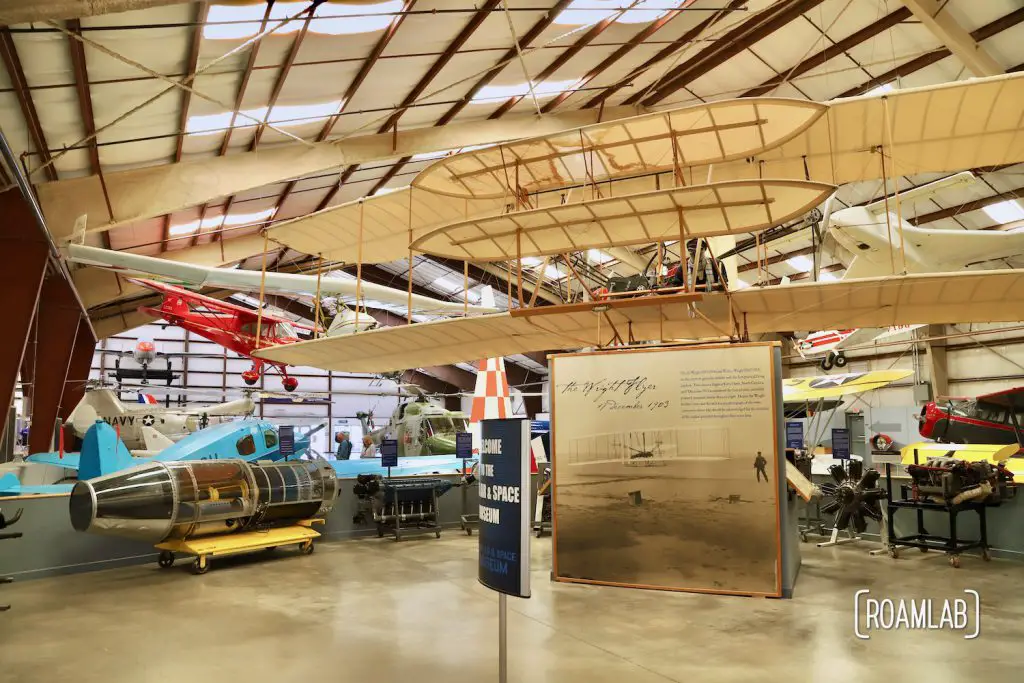
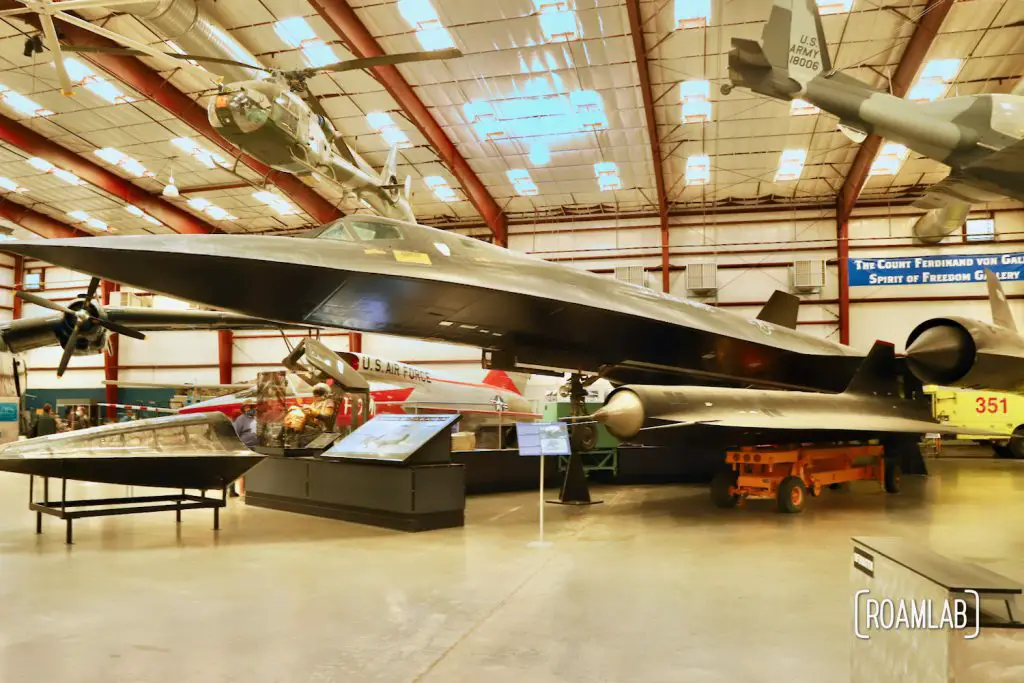
390th Memorial Museum
One hangar at the Pima Air & Space Museum is a museum of its own. The 390th Memorial Museum is a partnership between the larger museum and the 390th Bomb Group Memorial Museum Foundation. In 1984, the museum-within-a-museum opened its collection of World War II history of the 390th and the B-17 to the public. Today, it is one of the most meticulously groomed exhibit halls in the museum.
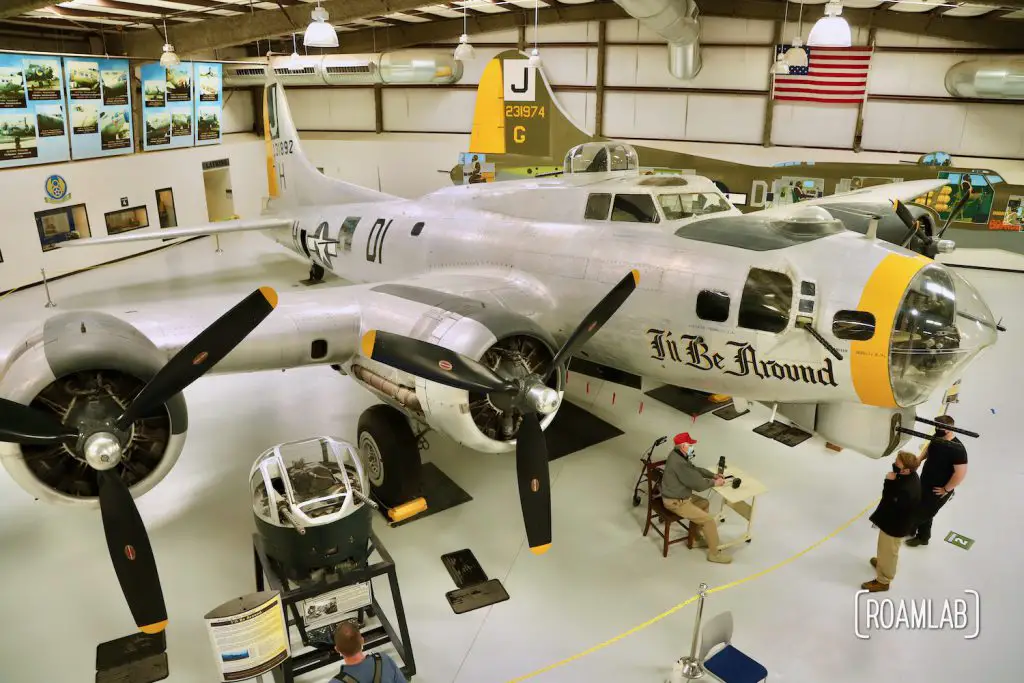
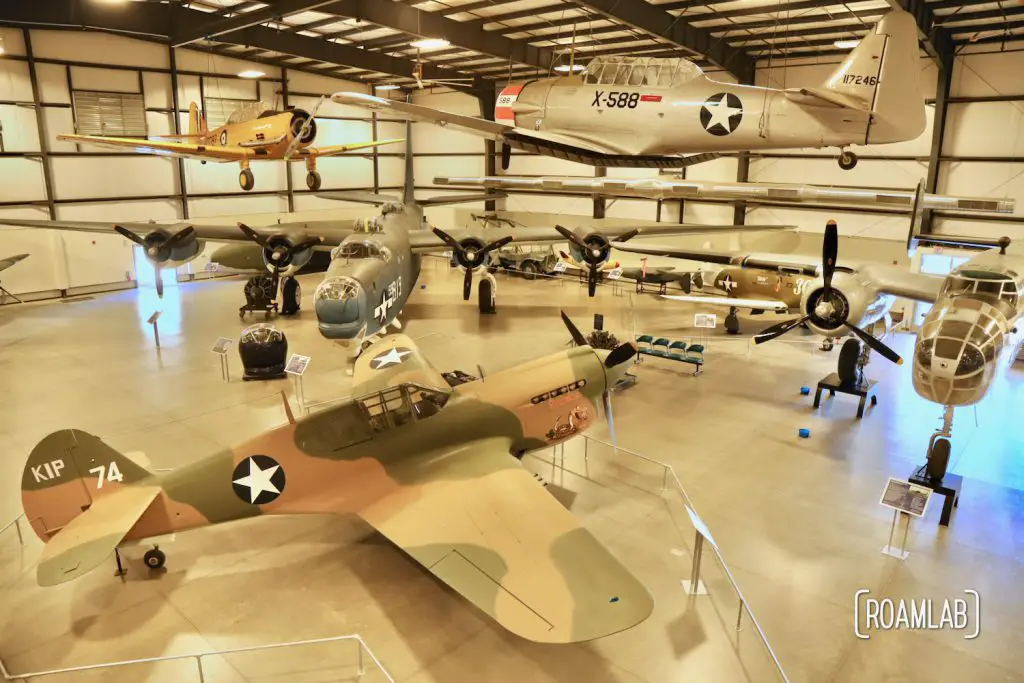
Visiting the Pima Air & Space Museum
Reaching Pima Air & Space Museum is a simple 15-minute drive south from downtown Tuscon, Arizona, on the southern border of the Davis-Monthan Air Force Base and AMARC boneyard. Parking is easy for rigs of any size. The challenge here is to cover the extensive 80-acre grounds. The first hangar complex where visitors enter is an engaging collection of some of the museum’s most notable pieces, including a replica of a Wright brothers craft, Lockheed SR-71A Blackbird, and displays exploring military aircraft in Hollywood. This initial collection would mark a notable attraction on its own. But once exciting onto the outdoor museum grounds, there are fields of unique aircraft and hangars full of history.
There’s a lot to see outside. So, bring along comfortable walking shoes, sun protection, and some water to stay hydrated. Yup! The ground may be level enough to land a jumbo jet, but seeing all that this museum offers is a hike!

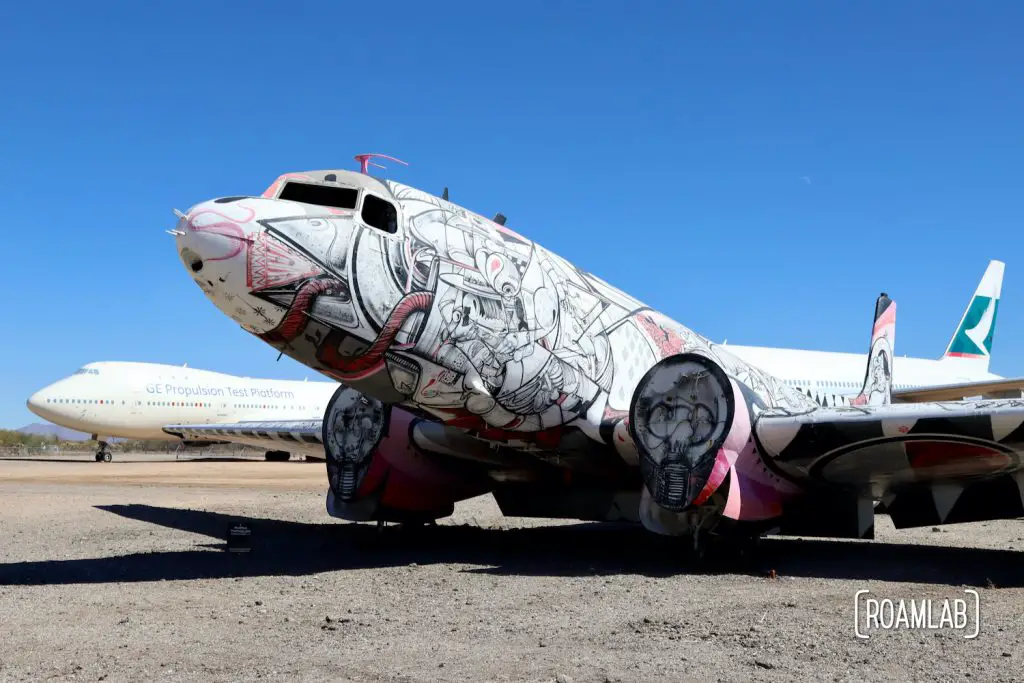
Our Experience
We are always on the look for inspiration. So, the Pima Air & Space Museum is a natural stop for us. After all, the Bowlus Road Chief and its aluminum descendants (Airstream, Avion, and more) trace their design inspiration to aircraft. Granted, many exciting features such as large plexiglass bubble cockpits and nose art aren’t really viable for our current design. But you never know about next time…
We explore massive seaplanes, come nose to nose with once-secret spy craft, and stroll past art planes. Yeah, you’ve heard about “art cars.” This museum has “art planes.” We spend hours wandering the grounds and barely scratch the surface. But by lunchtime, my dogs are barking, and it’s time to move on and find something to eat.
